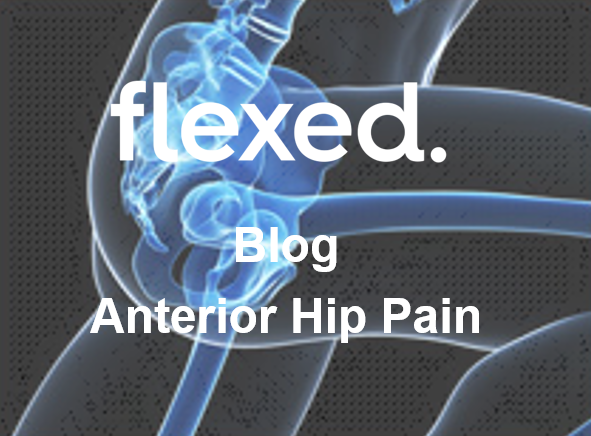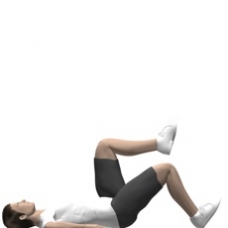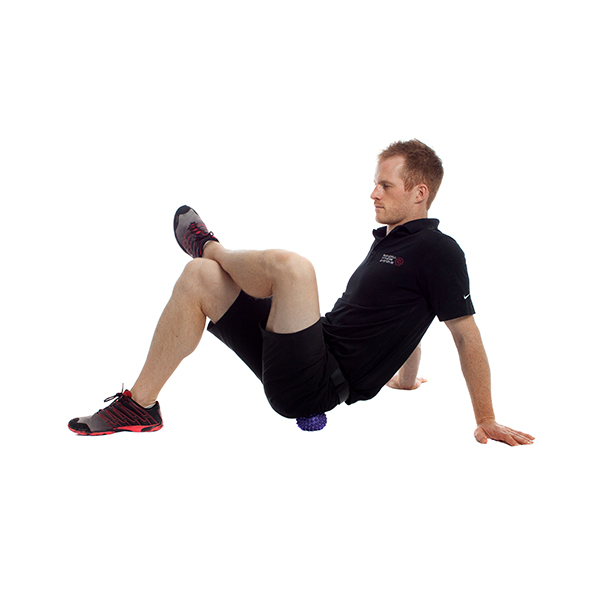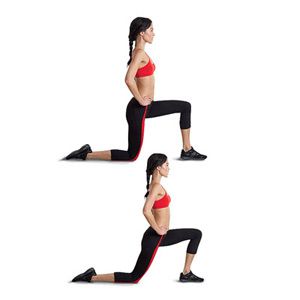Anterior Hip Pain

Have you been feeling a pinch in the hip or top of the thigh? Is it irritated with running type movements or squats?
A common cause is hip impingement which is where the joint capsule/surrounding soft tissues get compressed at the front of the hip. There are multiple factors that can contribute to hip impingement – a few include acute inflammation, hip mobility and pelvic posture.
Acute inflammation:
Increasing activity load can cause the hip joint and surrounding structures to become compressed, especially increased running or squatting type exercises. This increased compression in the hip can cause local inflammation which can further aggravate the area due to the swelling.
Backing off on the activity load before gradually increasing activity again may be the key to reducing the compression and inflammation. Backing off doesn’t necessarily mean complete rest, rather a temporary modification of hip movements while the inflammation settles. Ice to the area as well as anti-inflammatory medication (approved by a pharmacist) may also help with this process.
Hip mobility:
Once the inflammation does settle it is important to increase the mobility of the hip joint. Lack of mobility can be from both the muscles surrounding the hip and the joint capsule itself. Some of the best stretches for hip mobility include:
Hip flexion lying on your back (bringing knee into chest)
Trigger point release through glutes (using a spikey ball, or any other hard ball). Putting moderate pressure through tight spots in the glute
Hip flexor stretches (squeeze glute for a more targeted stretch)
Pelvic posture:
Those that have an increased arch in their lower back with an increased forward tilt of the pelvis are more at risk of hip impingement. Correcting pelvic posture by tilting the pelvis backwards during squats and hip exercises can activate the glutes better and decreases the chances of compression occurring at the front of the hip
At Flexed, we love being part of your team. We believe that exercise is the best medicine and we want you to keep exercising. Don’t just let pain settle down, get to the core of the problem. Call 9509 5718 to work with our physios to raise the bar higher and achieve your peak performance this year!
Physiotherapist




